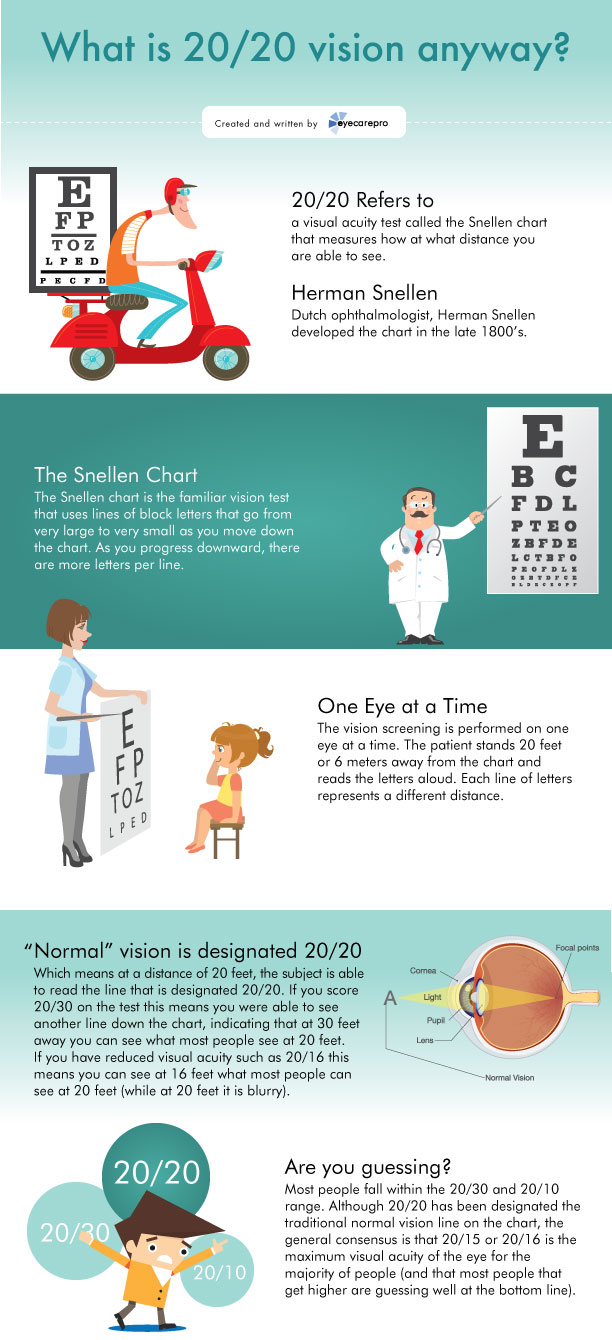Thinking About Cataract Surgical Procedure? Check Out The Distinctions Between Typical And Laser Approaches To Comprehend The Key Elements That Will Certainly Affect Your Vision
Thinking About Cataract Surgical Procedure? Check Out The Distinctions Between Typical And Laser Approaches To Comprehend The Key Elements That Will Certainly Affect Your Vision
Blog Article
Material Produce By-Schack Kure
When pondering the choice in between traditional cataract surgery and laser-assisted methods, you may find yourself weighing the benefits and downsides each method offers. The decision exceeds the surface level of cost and precision, delving into the realm of lasting outcomes and patient satisfaction. As you navigate with the intricacies of these 2 methods, it comes to be critical to understand the nuanced information that can substantially impact your aesthetic quality and general experience. Keep tuned to discover the vital elements that will certainly lead your decision-making process in this crucial facet of eye treatment.
Conventional Cataract Surgical Procedure Advantages And Disadvantages
When taking into consideration typical cataract surgical procedure, you may discover that it's a reputable and widely-used technique. In this procedure, a specialist makes a little incision in the eye and makes use of ultrasound to break up the cloudy lens prior to removing it. As soon as the cataract is eliminated, an artificial lens is put to recover clear vision.
One of the primary benefits of traditional cataract surgery is its performance history of success. Lots of clients have actually had their vision dramatically boosted through this procedure. Furthermore, standard surgical procedure is typically covered by insurance coverage, making it a much more available option for numerous individuals.
However, there are some disadvantages to conventional cataract surgical treatment too. Recovery time can be much longer contrasted to newer techniques, and there's a slightly higher danger of difficulties such as infection or swelling. Some people may also experience astigmatism or need reading glasses post-surgery.
Laser-Assisted Techniques Advantages And Disadvantages
Discovering laser-assisted techniques for cataract surgical procedure reveals a modern-day approach that makes use of laser innovation to carry out crucial action in the procedure. One of the key benefits of laser-assisted cataract surgical procedure is its precision. The laser allows for very exact incisions, which can cause far better visual end results. Additionally, the use of lasers can minimize the amount of ultrasound power required during the surgical procedure, possibly reducing the danger of issues such as corneal damages.
On see this here , laser-assisted methods can be a lot more expensive contrasted to standard methods. This expense mightn't be covered by insurance policy, making it less accessible to some individuals.
One more factor to consider is that not all cataract surgeons are trained in laser technology, which might restrict your options for choosing a surgeon.
Finally, while the laser can automate particular elements of the procedure, the surgery still requires a skilled cosmetic surgeon to ensure successful outcomes.
Relative Analysis of Both Techniques
For a comprehensive understanding of cataract surgical treatment methods, it's vital to conduct a relative analysis of both standard and laser-assisted approaches.
Standard cataract surgical treatment entails hand-operated lacerations and the use of handheld tools to break up and remove the gloomy lens.
On the other hand, laser-assisted cataract surgical procedure makes use of sophisticated modern technology to create accurate lacerations and separate the cataract with laser power prior to removing it.
In terms of accuracy, laser-assisted methods provide a higher level of accuracy contrasted to conventional techniques. Using cataract surgery one week apart enables modification of the treatment based on each client's eye anatomy, potentially causing better visual results.
Nonetheless, laser-assisted cataract surgery tends to be more costly than typical surgical treatment, which may limit ease of access for some clients.
While both approaches are effective in bring back vision damaged by cataracts, the selection in between typical and laser-assisted techniques frequently depends upon factors such as price, precision, and specific person demands.
Consulting with your ophthalmologist can help figure out the most ideal method for your cataract surgical treatment.
Verdict
To conclude, when making a decision in between standard cataract surgery and laser-assisted strategies, think about factors like price, precision, and individual requirements. Traditional surgical procedure offers a tested performance history and insurance policy coverage yet might feature longer recuperation times. Laser-assisted techniques supply greater precision and customization yet can be much more costly and not constantly covered by insurance coverage. Inevitably, the choice in between both methods relies on what is essential to you and your particular scenario.
